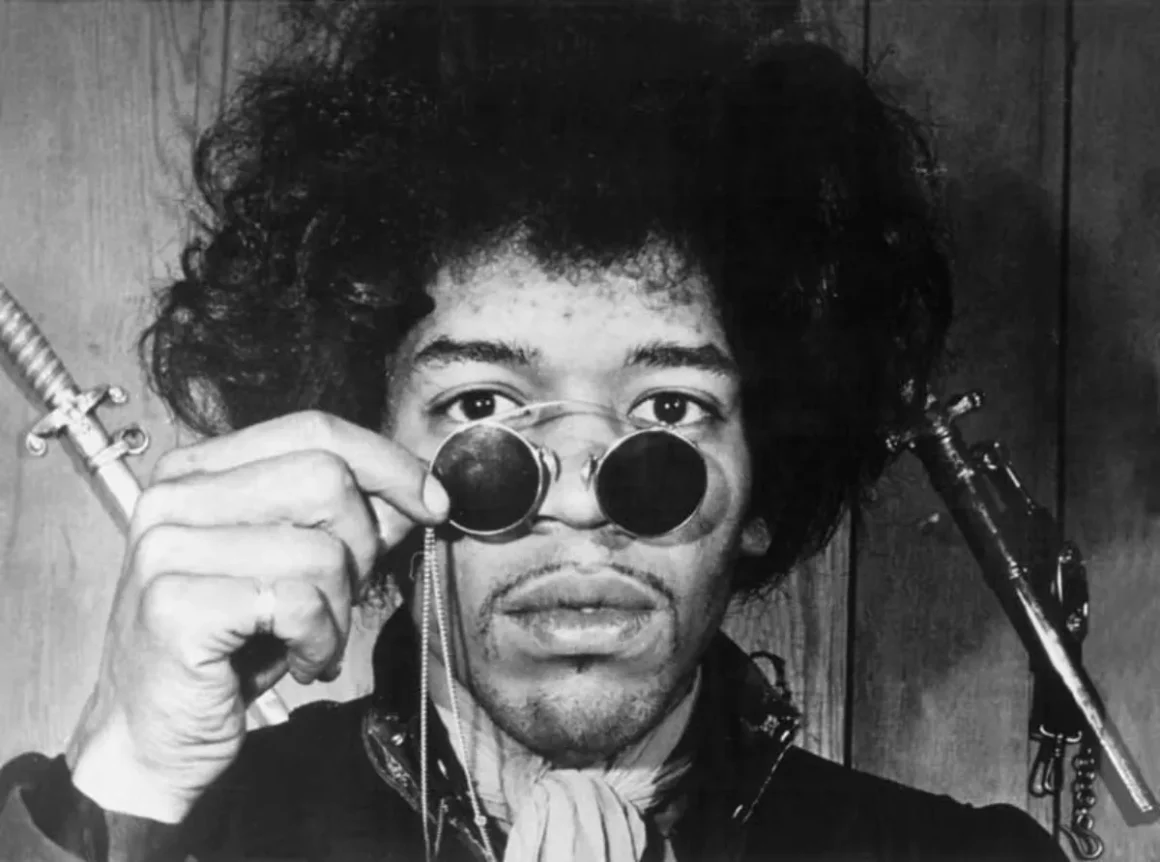Jimi Hendrix was a wild and powerful performer. Onstage, he projected a wild persona known for his pyromania and typical rock ‘n’ roll indulgence.
However, this image clashed with how Hendrix’s friends remembered him after his tragic passing. Those who were close to Hendrix described him as a reserved and laid-back individual who occasionally experienced shyness.
Dave Davies, guitarist of The Kinks, reminisced about his acquaintance with Hendrix, stating, “In real life, Jimi Hendrix was nothing like the wild guy that he portrayed on stage.” Davies emphasized that Hendrix was explosive during performances but softly spoken offstage. Their interactions were casual, not close.
Hendrix’s vanity contradicted his reserved nature. Despite his limited words in social settings, Hendrix paid careful attention to his flamboyant attire. Vanity is often seen negatively, yet valuing appearance has its merits. It can express one’s creative style, which, in Hendrix’s case, might have compensated for his social awkwardness.
This concern for appearance extended to the cover art of his albums. The variations in album cover for UK and US releases were due to Hendrix’s meticulous selection of record sleeves. For instance, his debut album “Are You Experienced” featured him in a cape on the UK cover. However, Hendrix disliked the image, feeling it made him appear feminine. With its psychedelic circular image, the US cover was more to his liking.
The group collaborated with Karl Ferris for subsequent album covers, including “Axis: Bold as Love.” The cover combined Ferris’ photograph with an artistic arrangement of the Hindu deity Vishnu. While Hendrix appreciated the design, he found it disconnected from the band’s identity.
For “Electric Ladyland,” Hendrix provided a detailed description of his vision for the cover, featuring a photo by Linda Eastman. However, the label opted for a different image, and it wasn’t until the 50th-anniversary release that Hendrix’s idea materialized. The UK version featured a controversial photo of naked women holding prior Hendrix records.
Hendrix expressed mixed feelings about the covers. He appreciated the artistry but wished for more involvement in the decisions. Regarding “Electric Ladyland,” he commented on the distortion of the photo and its impact on the women’s appearance.
In summary, Jimi Hendrix’s conflicting nature was evident in his public image versus his private demeanor. His attention to appearance contrasted with his reserved personality. The variations in his album cover also reflected his desire for creative control. Despite these complexities, Hendrix’s impact on music and culture remains undeniable.








